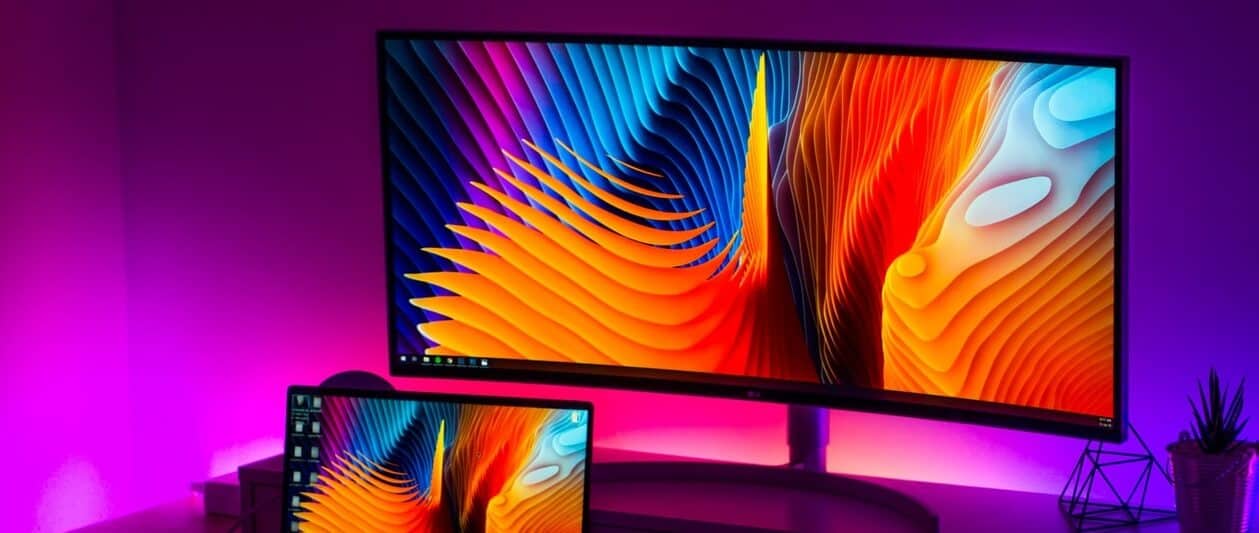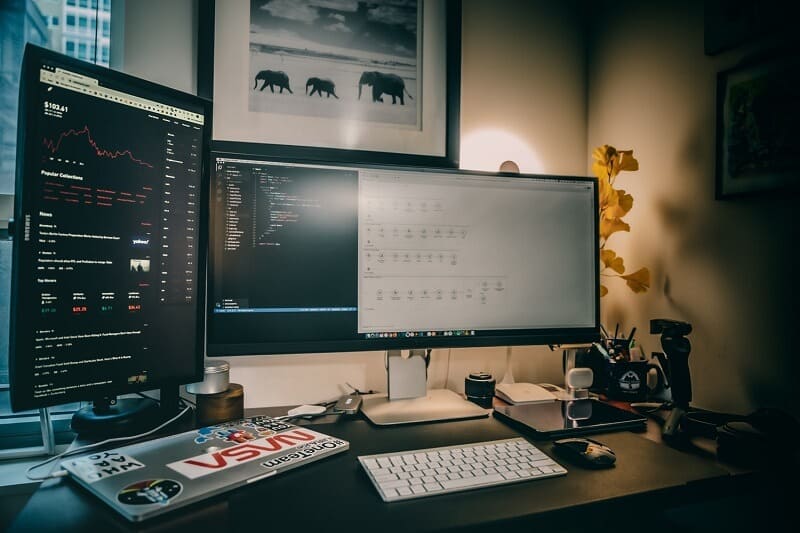For day trading stocks you need volume, volatility, and a trend or range tendency. When using a stock screener, enter your rules into the relevant fields to narrow the surplus of stocks down to a few.
Maybe it is too difficult to explicitly say that one type of trading stocks is more profitable than the others but Day trading stocks is the choice of active traders because of its profitability. Why did we say it is difficult to point to the special one? Because it depends on what kind of trader someone is and, maybe much more, on which strategy the trader chooses to use. Also, it isn’t the same which market you trade and what assets you are trading.
The individual traders can make a few trades per day since it isn’t hard to enter and exit several trades daily. Of course, big investors would prefer long-term opportunities.
One is sure, getting into day trading stocks is a decision that no one should make in a hurry. You should take time to examine all difficulties, to learn them since day trading stocks requires very careful planning. Only in that way, you’ll be able to earn your life-time capital in just a few hours. Yes, it is possible because day trading stock is one of the most profitable types of trading.
Before we jump into the day trading stocks we have to explain what day trading is.
What is Day trading stocks?
Day trading stocks means the trader is opening and closing the position during one trading day. When a trader opens a trade at 10 PM and closes it before 2 PM we are talking about day trading. You can find the traders who trade day only, some will perform it depending on the situation and opportunities, but also, so many traders never implement day trading stocks.
How does a day trader pick the stock?
Of course, a day trader is very careful and never just picks a stock no matter which one. Day traders always estimate the reasons to trade a particular stock. And as the reasons are different, traders have different criteria and strategies.
Since there are thousands of stocks in the market to choose from, the main question is how to do that? What is the best criterion, measure, method? It differs too. And if we try to figure it out, we can get confused. Look, some traders can find a new stock every single day. They are seeking stocks that are breaking out of patterns. Some are looking for the most volatile stock or the stocks that breakout of support or resistance levels. Also, some traders have the favorite stock or two and trade them every day for months or years. This isn’t without a good reason behind. If you know the particular stock very well, you’ll need less research on it. Since you already have the chosen one, you don’t need to search further for new stocks and breakouts or volatility.
How to find a stock for day trading?
If you want to become a day trader, you have to pay attention to several things.
Volume
For a day trader, a stock volume is important to enter and exit trades. To explain this more. When the volume of the stock is high it is much easier to enter and exit the position and to do without slippage or with very little. Why is it important to avoid slippage or to lessen it? Slippage happens almost all times but generally during periods of high volatility when traders use the market orders.
It happens when a trader gets a different price than expected, no matter if such a trader is on an entry or exit from a trade. Slippage occurs when the market order or your stop-loss point shifts somewhere between the time of your entry and the time of the execution. This is especially noticeable during periods of higher volatility when orders are bigger than the usual amount of shares on the bid or offer.
While choices vary, but many day traders will trade stocks with a daily volume of several million, some have over 90 million. That is a big number and it is hard to manage that. So day traders usually narrow the number of stocks down by using a stock screener. If they still have too many stocks to observe, the traders commonly reduce it to stocks with a volume of 3 of 4 million on a daily average.
Volatility
Volatility is important too because day traders need stocks with strong change during the day. The stocks have different volatility. Some will move 0.5% daily but others will move 5% or more per day. Picking the stock may depend on many factors, for example, reflexes, a trading style, your temper, etc. For the majority of traders, the stocks that shift 0.5% to 2% daily are the best choice since they can handle that volatility. Volatility over 5% daily is hard to handle. Only the most experienced traders trade these stocks.
Trend and range
These two components are important in day trading stocks. Traders differ by what they are trading, so we have trend traders, range traders and some that use both excellently. As you know, the trend is the direction of stock’s price, while the range is the difference between low and high prices over a particular trading time. The stock price is moving all the time. It can go down or up showing a downtrend or uptrend. A stock screener is very helpful here and will separate stocks with trend or range depending on your setups for the strategy you chose.
How to learn day trading stocks?
There are many ideas and methods to maximize profits from day trading. Nevertheless, managing the risks connected to day trading is most important.
First, trade only the amount you can afford to lose. You must have aside some amount of money for day trading. Don’t rent money for day trading because it’s possible to lose it. Start with a small amount and keep strong control over losses until you get some knowledge and experience. Don’t think you can quit your day job immediately. Day trading is seductive, we know that. But you need to test your strategy when the markets get rocky, for example, during the recession. If you are profitable, you can easily shift to day trading.
When to buy?
Day traders try to make money by using small price movements in assets. They have to leverage vast amounts of money to do so. They are focused on liquidity. That allows them to enter and exit a stock at a favorable price. Further, they keep an eye on volatility, higher volatility leads to greater profits or losses. Trading volume is another thing that they are considering. High volume means there are a lot of people interested in the particular stock. When the volume is increasing that is a sign that the price will drop or go up. After you choose a stock you want to trade you have to learn how to recognize the entry point. Some tools can help you. For example, some news services, but it has to be a real-time service because the stock prices can be influenced by news.
Quotes are important too. Electronic communication networks, for example, display the best open bid and ask quotes from various market players and can automatically pair and execute orders.
Intraday candlestick charts are useful but provide a rough analysis of price action.
Your entry point has to be defined very accurately, you have to know the exact point when you are going to enter the position. For example “during the downtrend” isn’t precisely defined. You have to define more specifically and test it too and find if there is a chance for that to be generated each day or more often.
Also, the direction has to be tested. You would like the price to go in your expected direction. After you check and test everything you may have a potential entry for your strategy.
After finding an entry point you’ll need to judge how to exit, or sell, your trades.
When to sell?
There are many ways to exit a winning position. For example, trailing stop and profit target. The profit target is the most popular. The other well-known price target strategies are scalping, fading, daily pivots, momentum. The best time to exit is when the interest in the stock is decreasing. The volume will show that. Your profit target should provide you more profit on winning trade than you would have a loss in a bad trade. For example, if your stop-loss is 2% away from your entry price, your take profit level should be more than 2% away. You have to know your exit before you even enter the trade. The exit level has to be precise.
Bottom line
Day trading means to take advantage of small price changes. It can be a profitable game if you play it carefully. Hence it can be a risky game for new and inexperienced traders who don’t have a strong trading strategy. This type of trading is connected to the high volume of trades. So you have to respect some general principles if you want to become a day trader.
You may have profitable trades by following the patterns. More about it learn from the “Two Fold Formula” book, we recommend. But we also recommend to test it by using our preferred trading platform firstly.
You might find these interesting too:
>>> Is Day Trading Like Gambling?
>>> Swing Trading and Day Trading – The Difference
>>> The pattern day trader rule
>>> Day Trading the Best Methods – Day Trading for Beginners
>>> Day trading stocks – How to find best trading platform
>>> What is the best day trading strategy?
>>> Money Required to Start the Day Trading



